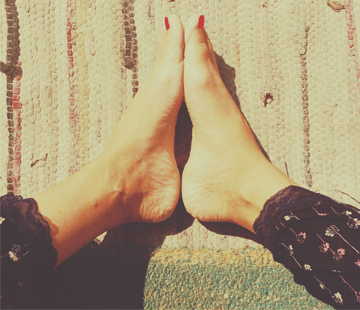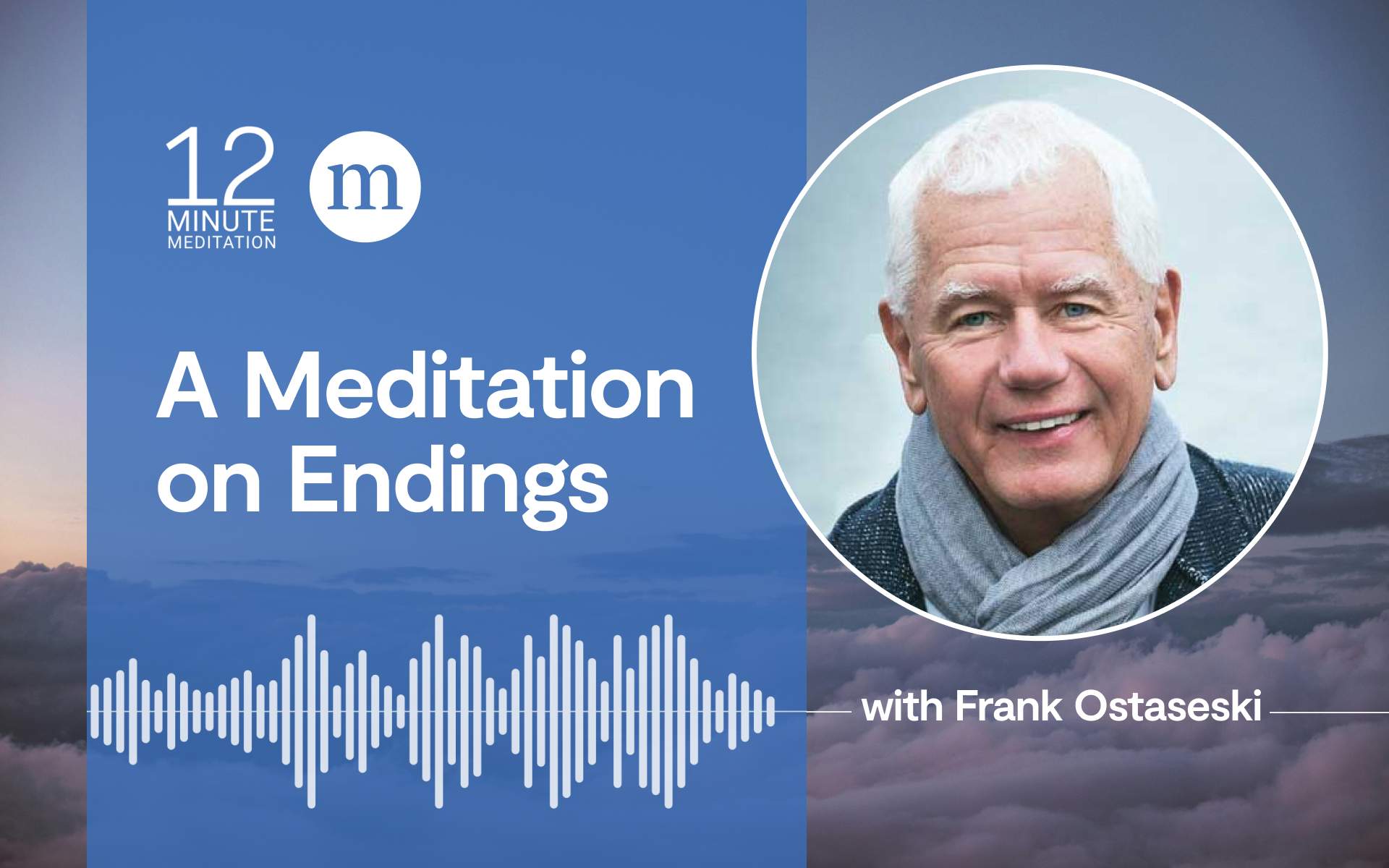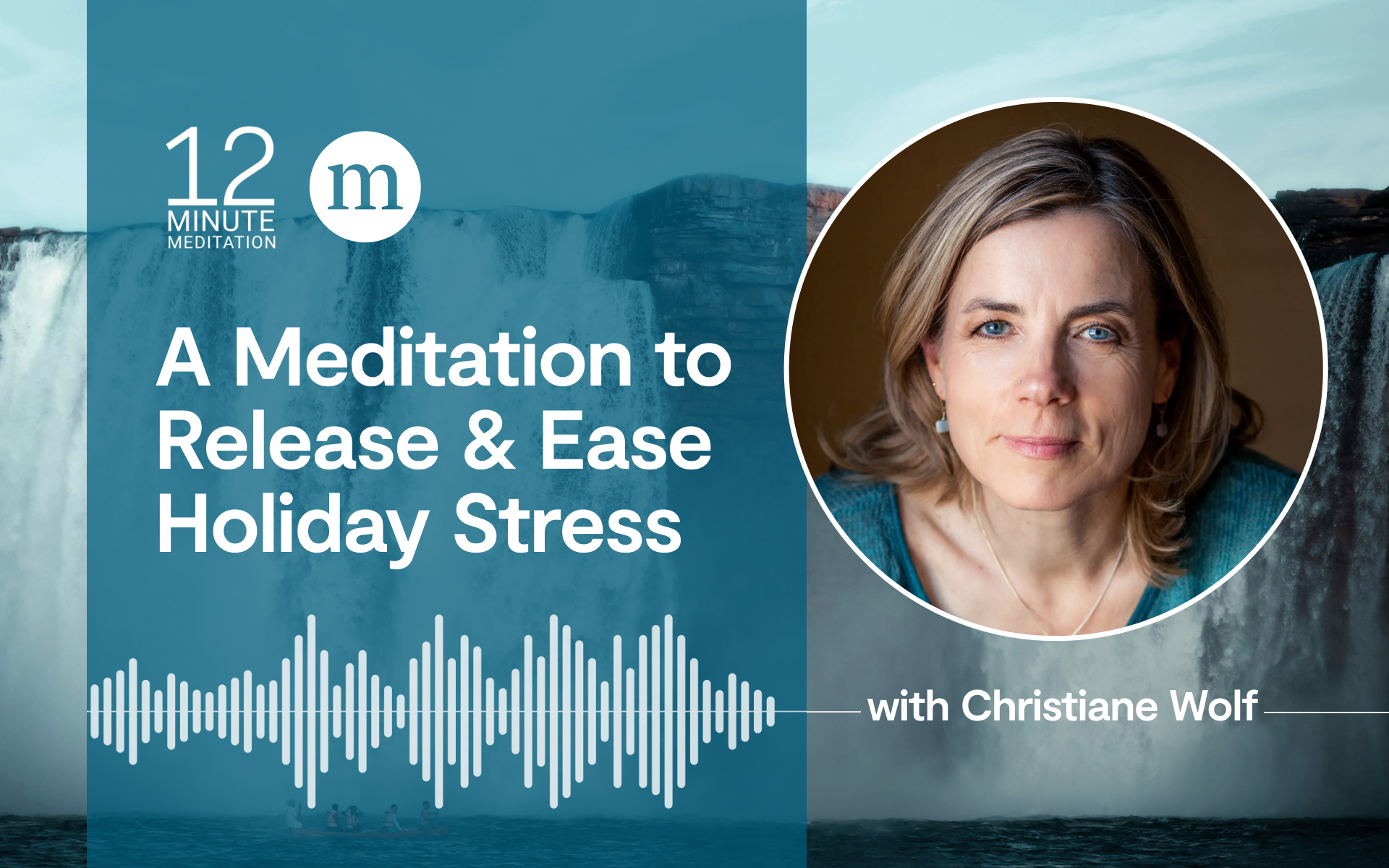We live in a world that exalts thinking—education systems prioritize academic learning, and most people are trained when they’re young to identify with thought. Even the English word mindfulness makes our subject sound like an activity that only happens from the neck up. Whereas actually, by training us to pay attention to sensations in the body, mindfulness brings us down from our heads and into our whole being.
Here are 5 reasons to bring mindfulness to the body:
1. The human body is a staggeringly wonderful thing, and yet we so often take what it does for granted—we move around, carry things, make things, see, hear, speak, feel and taste, often without appreciating how this all happens. When things feel right with the body, we take it for granted. When things feel wrong, we get frustrated. And yet, just by breathing, the body is performing magic every moment. Alive, the body is a miracle. This is true, even when we’re not feeling how we’d like to feel. Practicing mindfulness enables us to appreciate the remarkable reality of being a body.
2. In our bodies, we can feel the sensational joys of living, beneath the dulling layers of concept that can cloud their vividness. When we practice mindfulness, we’re opening ourselves to the full experience of being alive, with all the joy that can bring. In the words of the poet Rumi: “Just being sentient and in a body with the sun coming up is a state of rapture.”
3. The body is always in the present. When we take our attention to body sensations, we’re naturally drawn to the here and now. You can’t feel yesterday or tomorrow, only right now. The body thus is a natural anchor for mindfulness, when we pay attention to it.
4. Attending to the body has a grounding effect. When we bring awareness to the body, we’re getting down to earth. The body has weight—it offers a good counterbalance to the flighty mind that’s continually zooming off into ideas and ruminations. Mindful of the body, we’re recalibrating our center downward.
5. The body experiences by feeling, so by becoming familiar with patterns of physical sensation, we can more easily work with them. If our body is in pain and we try to ignore it, resist it, or ruminate on it, we’re trying to live outside physicality. This is a recipe for fractured living. The body is our home, even when we don’t like the state of it. We face a better chance of happiness if we can open to the reality of body experience and explore how to be with it, than if we try to control it with thinking, or wish we could find somewhere else to live. Mindfulness of body invokes a peace that doesn’t depend on things being pleasant.
Mindfulness of Body Practice
This practice offers space to experience sensations fully, openly and with awareness.
1. Find a place where you can sit comfortably, settling into an upright posture—perhaps on a chair with a firm seat, with the spine self-supporting, hands on thighs. Let the body be upright, but without straining or stiffening. You can close the eyes, or have them open, perhaps letting the gaze fall downwards. Notice how this posture feels right now.
2. Open up awareness and notice sensations in the whole body. Be aware of contact—texture and temperature in parts of you touching the floor, chair, clothes, other body regions, the air around—as well as internal sensations, such as tightening, relaxing, pressure, fatigue, heat, cold, aching, and so on.
3. As best you can bring interest to pleasant and unpleasant sensations, allowing them to be felt fully. Be aware of preferences—liking some sensations and not liking others—and notice when and how you’re getting caught up in or resisting them. Be curious about any changes in location, intensity or quality of sensation.
4. When you see the mind wander into thinking, gently let go of thoughts and come back to feeling. When you notice the mind wandering elsewhere (e.g. to sounds), acknowledge this also, bringing it back, as best you can, with kindness.
5. If the mind feels very scattered, or sensations are particularly intense, you could come back to mindfulness of breathing for a time, using the breath as an anchor for attention once more. Open up to the whole body again as you feel ready. Perhaps imagine that you’re breathing into and out from the entire body.
6. After you’ve practiced, experiment with staying present to body sensations as you move into whatever comes next in your day.
Adapted from Mindfulness: How To Live Well By Paying Attention, By Ed Halliwell, Hay House Basics.








